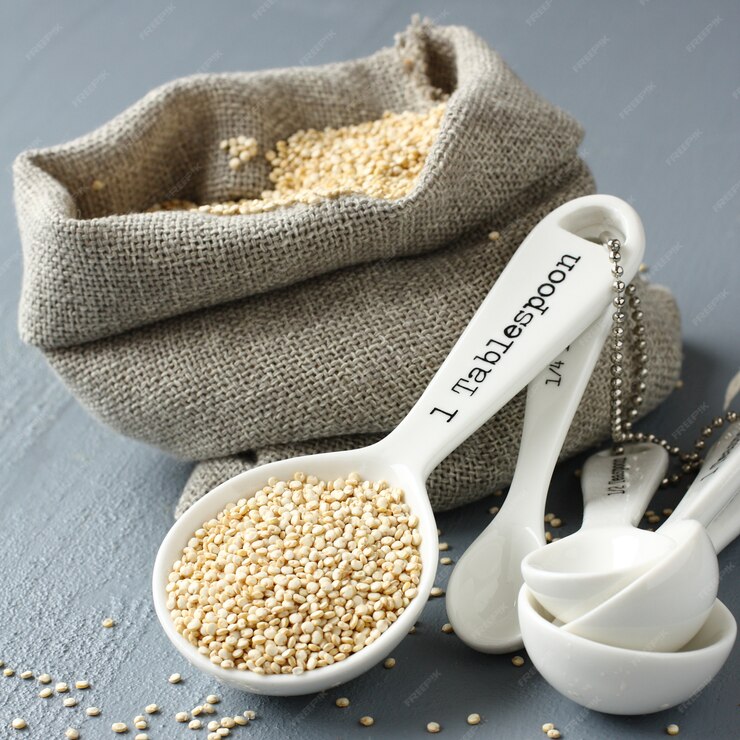Introduction
The tablespoon, abbreviated as tbsp or T, is a fundamental unit of measurement in both culinary and household contexts. Widely recognized for its versatility and convenience, the tablespoon plays a crucial role in cooking, baking, and daily meal preparation. This article explores the history, standardization, uses, and cultural significance of the tablespoon.
History and Evolution
- Origins: The concept of the tablespoon dates back centuries, evolving from early methods of measuring food and ingredients in ancient civilizations. Historical records show various utensils and measures used across cultures for scooping and portioning.
- Standardization: In the 18th century, efforts were made to standardize measurement units, including the tablespoon, to ensure consistency in recipes and commerce. This led to the establishment of standardized measures in different regions.
Characteristics of the Tablespoon
- Volume: A tablespoon typically measures approximately 15 milliliters (ml) or three teaspoons. In the United States, it is standardized at 14.79 ml, whereas in the United Kingdom, it is slightly larger at 17.75 ml.
- Design: Tablespoons are designed with a long handle for easy gripping and a bowl-shaped end for scooping and measuring liquids, dry ingredients, and semi-solid substances such as butter or jam.
Culinary Uses
- Measurement: In recipes, tablespoons are used to accurately measure ingredients such as spices, herbs, oils, sauces, and condiments. They provide a practical balance between precision and ease of use in both professional kitchens and home cooking.
- Conversion: Tablespoons are also essential for converting between different measurement units, especially when scaling recipes or adjusting ingredient quantities based on taste preferences or dietary needs.
Household Applications
- Dining: Tablespoons are commonly used as dining utensils for eating soups, stews, cereals, and other foods that require larger portions. They are designed to comfortably hold and deliver moderate amounts of food to the mouth.
- Utility: Beyond the kitchen and dining table, tablespoons serve practical purposes in household tasks such as measuring cleaning agents, administering medications, and mixing solutions.
Cultural Significance
- Symbolism: The tablespoon symbolizes the intersection of practicality and tradition in culinary practices. It reflects cultural norms around food preparation, hospitality, and shared meals across diverse societies.
- Iconography: In popular culture, the tablespoon appears in literature, art, and media as a symbol of culinary expertise, precise measurement, and the artistry of cooking and baking.
Conclusion
The tablespoon stands as a timeless tool in the realm of culinary arts and everyday household tasks. From its historical roots to its modern applications, the tablespoon continues to play a vital role in ensuring accuracy, convenience. And functionality in both professional kitchens and home environments. As a symbol of culinary craftsmanship and practical utility, the tablespoon remains an indispensable part of daily life. Facilitating the creation of delicious meals and enhancing the dining experience with its reliable and versatile presence.







